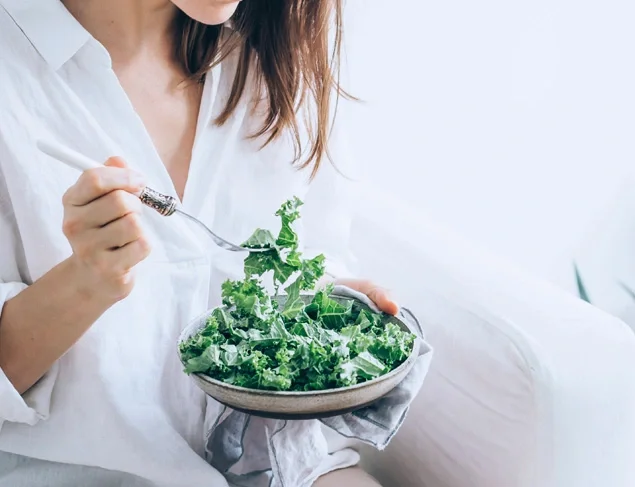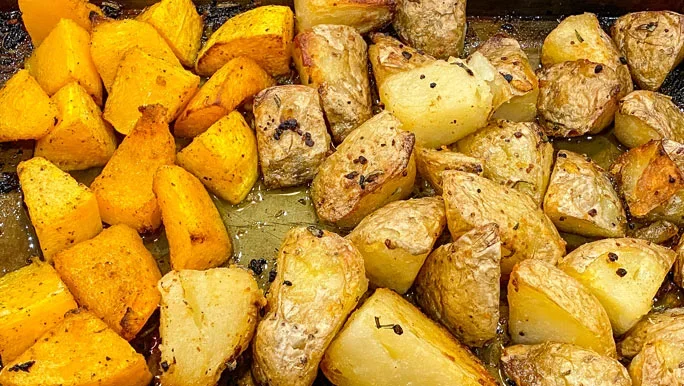Are you finding low FODMAP vegetables confusing? You're not alone. The area is continually being researched with some vegetables moving from safe to unsafe, and vice versa. Some are also in a bit of grey area, in which a small portion is considered low FODMAP.
So which vegetables seem to be the most confusing?
1. Pumpkin and potato
All types of pumpkin are suitable, except for butternut pumpkin (arguably the most popular), which is moderate in FODMAP content.
low FODMAP diet
low FODMAP diet

Low FODMAP vegetables list
Have you been told time and time again to eat more vegetables? Are you unsure about which veggies are considered low FODMAP? Here's the lowdown.
Sweet potato is another one to consider – many people choose sweet potato as the ‘healthy’ option as it has a lower GI content than most white potato. However, when it comes to FODMAPs, white potato is low FODMAP whereas sweet potato is not.
2. Cruciferous vegetables
Cruciferous vegetables are often expected to be on the ‘unsafe’ list due to their rather gassy reputation. However, Brussel’s sprouts and cabbage are low FODMAP, except for savoy cabbage.
When it comes to broccoli, it all depends on portion size – if less than ¼ cup is used, it’s considered to be low FODMAP, and more is categorised as moderate to high in FODMAP content.
Cauliflower is high FODMAP in any quantity.
3. Leeks and spring onions
The white part of both of these is high in fructans, however, the green portion or the “leaves” are considered safe.
A question often asked is ‘how green?’ – it's recommended to trim the ends and just use the dark green portion.
Need help with the low FODMAP diet? Our FREE dietitian developed program will guide you through it, step-by-step. Includes a low FODMAP food guide. Sign up now.
If you are experiencing gut symptoms and have not been recommended a low FODMAP diet by a health professional, get started with the manage your gut symptoms program.
Reviewed by the healthylife Advisory Board March 2022

